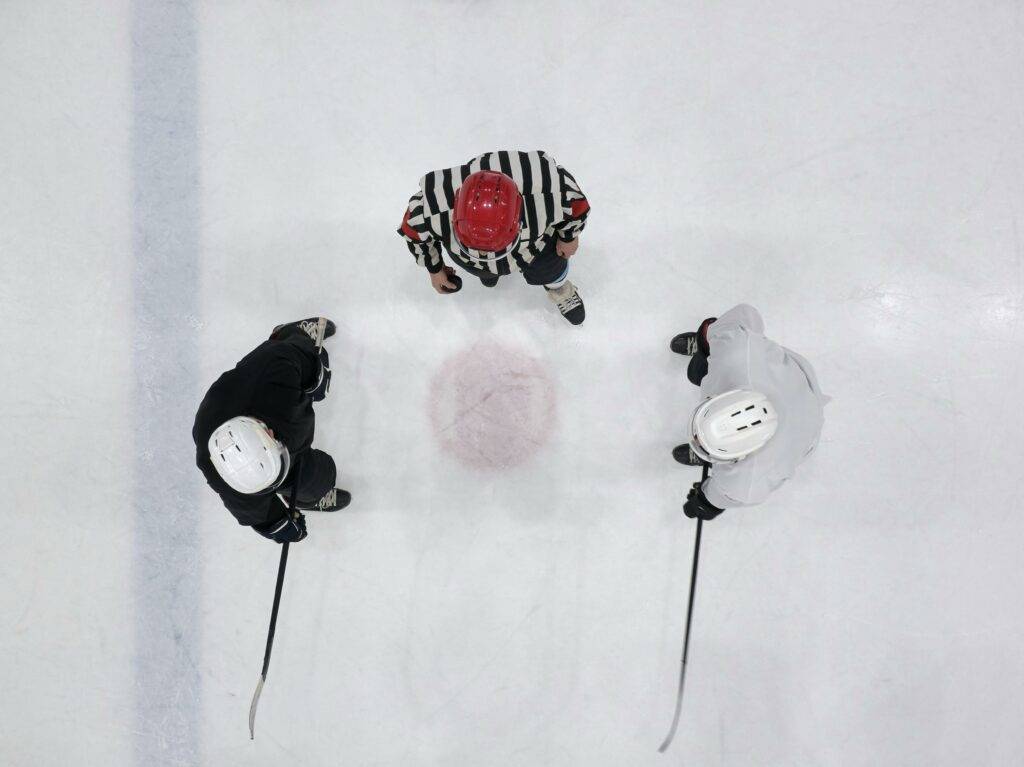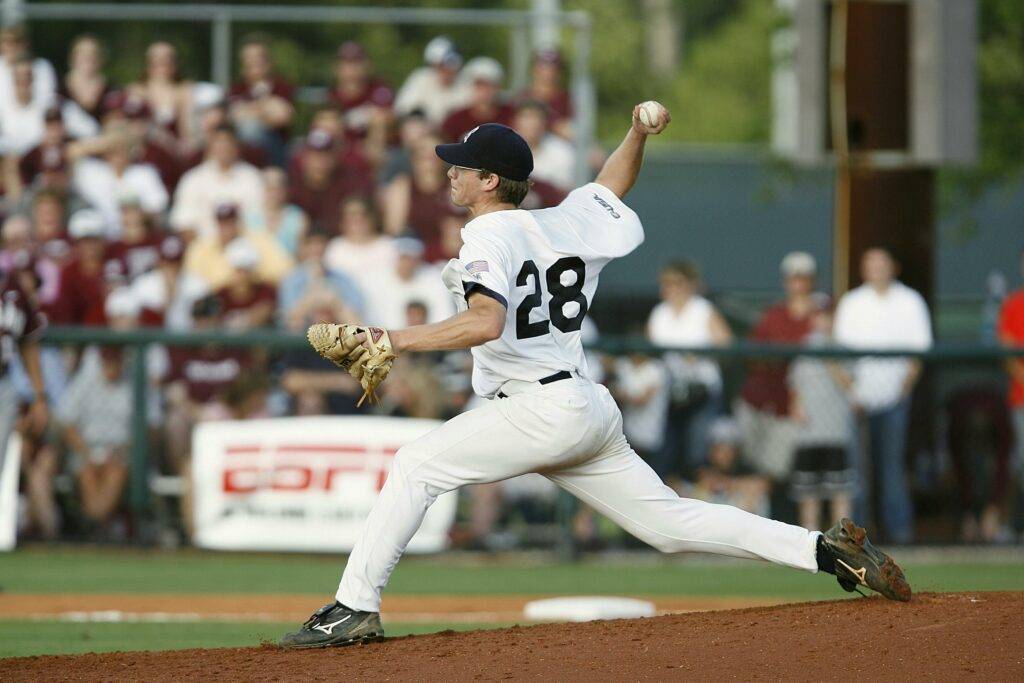Men's Hockey
Recruiting Guidelines
Understanding College Hockey Recruiting and What Coaches Look For
When it comes to men’s college hockey recruiting, knowing what coaches expect is essential for standing out. College coaches seek athletes who excel in specific skills for their positions, with a focus on athleticism, decision-making, and adaptability. Many recruiting efforts target athletes who have played in USA junior hockey leagues or international programs, especially from Canada and Europe. Currently, about 21.6% of men’s college hockey players come from international programs, with 462 from Canada and 62 from Europe.
What College Hockey Coaches Look for in Recruits
Coaches at all NCAA levels prioritize these core attributes when evaluating recruits:
Skating and Speed: Speed and agility are crucial in college hockey’s fast-paced environment. Coaches want players with quick feet, smooth movements, and the ability to change direction swiftly.
Hockey Sense (Hockey IQ): This is an athlete’s ability to read the game and make smart, rapid decisions on the ice. Coaches value players who anticipate plays, react effectively under pressure, and make sound choices with the puck.
Position-Specific Skills: For each role (goalie, defenseman, winger, or center), coaches look for specialized abilities. Goalies need lateral agility and puck control, defensemen require a strong physical presence and situational awareness, while wingers and centers should demonstrate quickness, agility, and offensive skills.
NCAA vs. ACHA Hockey: Key Differences
The NCAA and ACHA differ significantly in competitive level and scholarship availability. NCAA hockey, especially Division 1, offers athletic scholarships and greater visibility. ACHA operates through student services and player fees rather than athletic budgets. Although ACHA isn’t as competitive as NCAA Division 1 or 2, the top ACHA programs are often comparable to NCAA Division 3 teams.
How to Get Recruited by NCAA Division 1 Hockey Programs
Playing NCAA Division 1 hockey is a goal for many athletes, but securing a spot requires more than skill alone. Athletes need to proactively market themselves, attend showcases and tournaments, and maintain strong academics. Here are essential steps:
Excel in Junior Hockey: Most Division 1 recruits come from high-level junior hockey leagues like the USHL. Standing out in these leagues is crucial.
Build a Strong Recruiting Profile: Showcasing skills and achievements on Athlete Pipeline with a well-curated profile, including highlight videos and stats, can make an athlete more visible to college coaches.
Participate in College Camps and Tournaments: Attending events where college coaches are actively scouting can significantly boost recruitment chances.
Communicate with Coaches: Starting early and following up with college coaches is essential. Expressing interest in specific programs and being proactive makes a strong impression.
What is the Most Important Skill in Hockey?
While many skills contribute to success, hockey sense or hockey IQ is often considered the most vital. It involves understanding the game’s flow, positioning, and making quick, strategic decisions under pressure. A player with strong hockey IQ impacts both offense and defense, making them invaluable to any team. Coaches look for this skill in every position, as it showcases the athlete’s ability to think critically and contribute strategically on the ice.
In conclusion, college hockey recruiting is a competitive process. Athletes need to hone their physical skills, develop hockey IQ, and ensure strong marketability. Platforms like Athlete Pipeline enable athletes to gain visibility, stay organized, and meet the high standards of college coaches across NCAA and ACHA programs.
Quick Links


